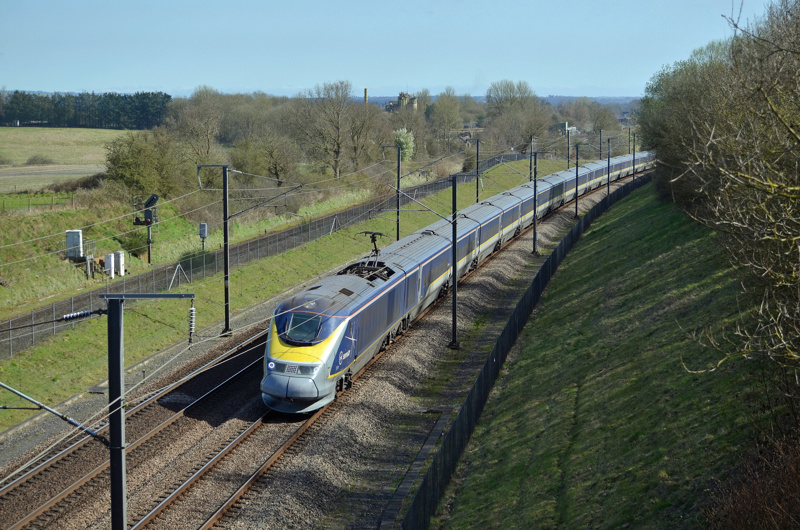
The publication on March 31 of the Office of Rail and Road-commissioned (ORR) report on Temple Mills International Depot capacity fired the starting gun on a high-stakes race to exploit enormous pent-up demand for international rail services to and from London.

The publication on March 31 of the Office of Rail and Road-commissioned (ORR) report on Temple Mills International Depot capacity fired the starting gun on a high-stakes race to exploit enormous pent-up demand for international rail services to and from London.
One of the open access hopefuls, Virgin Trains, was quick to tell the media that there are “no more major hurdles to overcome” in its plan to operate high-speed trains between London and Paris. The reality may prove to be slightly more complicated.
The glamour and public profile of high-speed rail attracts big names, big egos, and big money. It also offers huge potential for stimulating economic activity, jobs, and (in the longer term) healthy returns for investors.
To date, five players have expressed an interest in serving the London-Paris/Brussels/Amsterdam routes. Evolyn, Gemini and Virgin have submitted formal bids to ORR and infrastructure managers, while Spanish state operator Renfe and Dutch startup Heuro also have ambitions to run through the Channel Tunnel.
In the longer term, Swiss Federal Railways (SBB) is also investigating direct trains from Zürich and Geneva to London in the next decade.
Eurostar’s immediate challengers - Evolyn, Gemini Trains and Virgin - will all now be working at a furious pace to finalise their proposals. The first bidder to win ORR approval may end up as the only competitor to Eurostar for the foreseeable future.
Capacity at Temple Mills
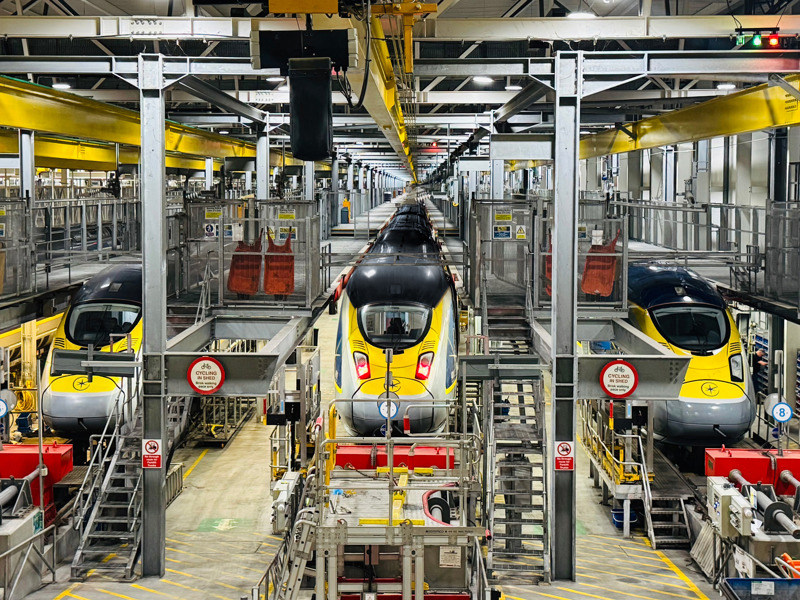
Depot design specialist Ipex was commissioned by ORR to assess what (if any) capacity is available at Eurostar’s depot in east London - the only facility in the UK capable of accommodating UIC European loading gauge trains.
Factors considered included the arrival rate of trains, the physical capacity of the depot to accommodate 400-metre-long trains, and the capacity of the maintenance shed and wheel lathe.
Normal depot set capacity is 15 400-metre-long Class 373/374 sets. In exceptional circumstances this can be pushed to 20 sets, but that limits how much maintenance and servicing can be undertaken.
Of Eurostar’s current fleet of 25 Class 373/374s, six to ten sets are usually at Temple Mills over a normal 24-hour period. Others are stabled overnight in Paris, Brussels or St Pancras.
By modifying operational practices, making better use of the reception and stabling roads, and removing four stored Class 373 half-set spares donors, Ipex estimates that TMI could accommodate between five and nine additional trains per day.
Of the eight roads in the maintenance shed, six are usually occupied by Eurostar during the day and seven overnight (a 24-hour average of 5.9 roads). Virgin and Evolyn are believed to have requested the permanent use of two roads, slightly more than Eurostar says is available, while Gemini Trains has asked for one dedicated road.
There are also three outdoor roads, offering a total of 11 roads for stabling and servicing.
The depot also has two ‘LDA’ roads where controlled emission toilet (CET) tanks are emptied and water tanks replenished on arrival, plus four 400-metre reception roads.
Finally, three 800-metre-long roads serve the bogie drop and wheel lathe. However, use of these roads for emergency stabling inhibits their primary maintenance function.
Ipex highlights six options where targeted investment could increase TMI’s flexibility and capacity.
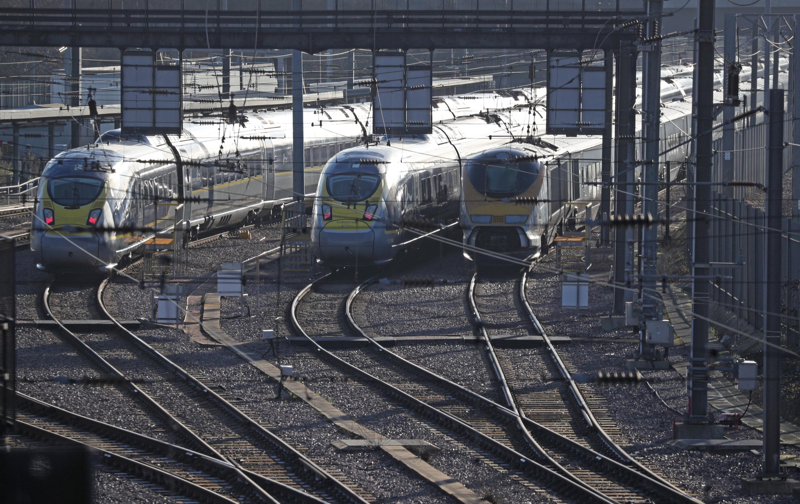
Upgrading CET capability would allow two trains to be processed simultaneously. Emptying CET tanks takes 45 minutes per train, limiting the arrival rate of trains. Also suggested is upgrading the LDA roads and reception roads to allow the filling of sanders and washer bottles. The latter roads can also be used for stabling, driver preparation and cleaning, reducing pressure on the main shed.
Sanding capability could also be added to the three stabling roads, in addition to the cleaning, light maintenance, driver prep and washer fluid top-up facilities already available. Improved walking routes, lighting, and welfare facilities would be necessary to support these changes.
While Eurostar’s Class 373/374s are exceptionally long at 400 metres each, its new rivals could opt for 200-metre trains to increase flexibility or even serve more than one destination in mainland Europe. Virgin confirmed on March 31 that it is looking to operate solo 200-metre trains on its planned London-Paris route from 2029.
The use of 200-metre sets may benefit new operators as Temple Mills gets busier. It could even prove useful to electrify and upgrade the depot’s two 200-metre-long ‘Cripple Sidings’ that are currently used to store withdrawn Class 373 half sets, to provide additional servicing capacity.
While many welcomed the report’s findings, Eurostar drew a somewhat different conclusion, stating: “It confirms what Eurostar has said all along: Temple Mills is effectively almost full today for major maintenance work. We believe the conversation now needs to move beyond the inadequate space within the existing depot to look at the bigger picture. Capacity constraints have always been a challenge.
“Eurostar is willing to invest in new maintenance capacity. Other operators should consider investing in the system as well. We welcome the opportunity for discussion with government and the regulator to create an ambitious framework to unlock this private investment and deliver the economic growth, stronger connections and sustainable contribution which this promises to deliver.”
SNCF/Eurostar depots in Paris and Brussels are also reported to be ‘very full’ and subject to similar access protocols. Le Landy, situated on the approach to Paris Gare du Nord, is particularly critical as all the operators involved want to serve Paris. This likely precludes their use for anything more than light servicing on rival trains.
So, what’s the solution?
With international rail travel forecast to double by 2040, investment in additional maintenance facilities looks unavoidable in the longer term. Whether this is developed in the UK or at other key hubs in mainland Europe remains to be seen, but (by definition), high-speed train depots require enormous plots of land which are at a premium in all major European cities.
Eurostar also points to the differing technical requirements of any new trains that might use TMI, and the lack of capacity for future growth.
TMI was built in the mid-2000s to maintain Class 373s, and subsequently modified for the Siemens ‘374s’ built in 2012-17. Adapting it to accommodate new types of train could be expensive and disruptive, especially as Eurostar itself plans to invest €2 billion £!.7bn) in 50 new trains to replace its remaining ‘373s’ and ex-Thalys TGVs.
However, it will be at least four years before any new operator can start running trains, offering stakeholders a chance to decide how they will invest in Temple Mills to increase capacity and make it suitable for sharing.
Formidable
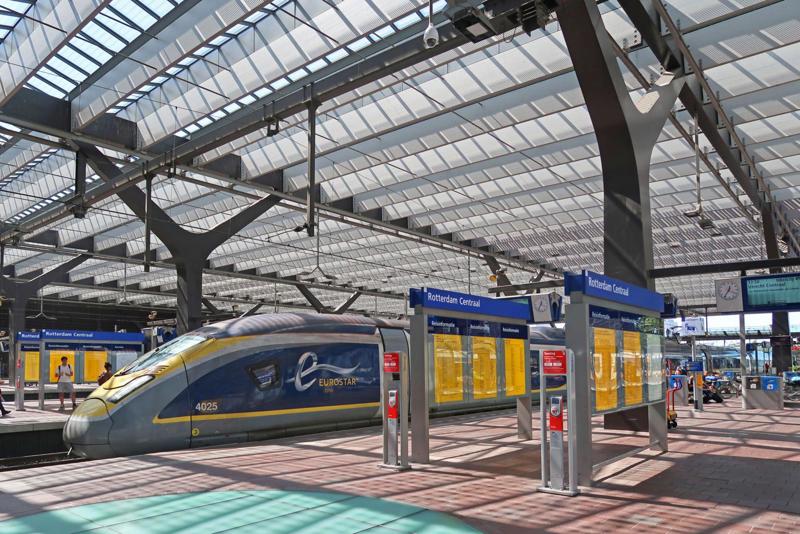
But it’s not just about finding space to maintain trains. The obstacles between having an idea and carrying your first passengers remain formidable.
From negotiating the labyrinthine rules of multiple infrastructure managers (IMs) and rail regulators, to border regulations between the UK and the EU’s Schengen Area and how to maintain security at the stations you plan to serve, it’s a complicated and delicate task.
And that’s before you even think about raising billions of pounds to procure Channel Tunnel-compatible 300kph (186mph) trains, secure train paths, and recruit hundreds of multi-lingual staff to operate them.
Station capacity in London, Paris, Brussels and Amsterdam remains a thorny issue, as does obtaining suitable Channel Tunnel-compliant trains.
Currently, only the Class 373s and ‘374s’ are passed for the tunnel. Eurotunnel and HS1 have worked with operators and train builders to modify stringent fire and safety regulations, clearing the way to more conventional HS train designs. However, these will still need to fight their way through a lengthy international approvals process.
Evolyn indicated in October 2023 that it would order 12 Alstom Avelia (TGV-M) trains, although Alstom quickly countered that no contract had been placed. Gemini and Virgin sources told RAIL that they are speaking to various suppliers, but would not confirm details of any order at this stage beyond a requirement for ten to 12 trains each.
Alstom and Siemens are currently engaged in fulfilling large orders for new TGV-M and ICE3neo high-speed trains for SNCF and Deutsche Bahn respectively. Production lines in France and Germany are fully occupied until the end of this decade. The first TGV-Ms should have entered service in 2024, but their debut has been pushed back to 2026 due to problems encountered during testing.
Another contender is Hitachi’s ‘Zefiro’, built in Italy for Trenitalia and used by its subsidiaries in Spain and France. Trenitalia is also working to get its Frecciarossa (Red Arrow) authorised to operate in Germany, Switzerland, Belgium and the Netherlands. Several new operators are thought to be keen on this stylish design.
Finally, Talgo’s latest ‘Avril’ high-speed trains could offer another alternative. They made their much-delayed Spanish passenger debut in May 2024 and are currently going through the approvals process for France. Passenger feedback has been mixed, with reports of poor ride quality at high speed and unfavourable reviews of the 3+2 seating arrangement in Standard Class.
However, Talgo’s production capacity is also overstretched with major contracts for Germany and Denmark in progress, both of which are also well behind schedule.
Accelerate
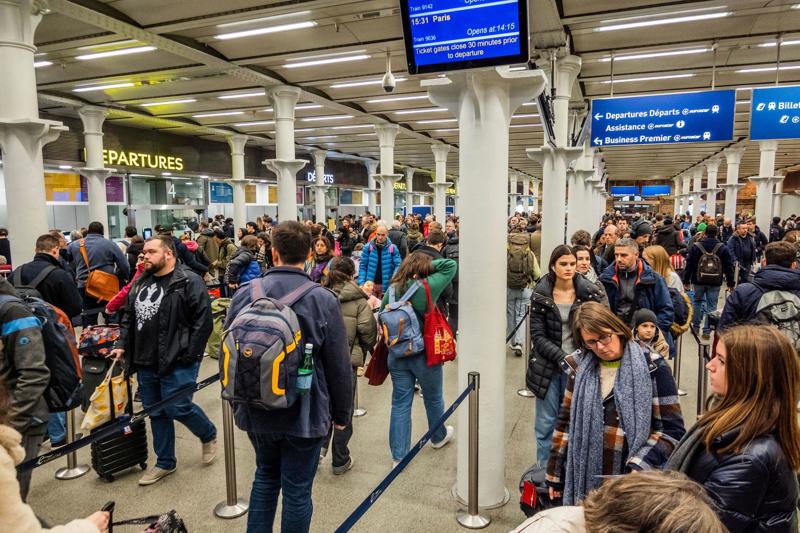
On the positive side, London St Pancras High Speed (previously HS1 Ltd) has stated that it could more than double the maximum throughput at St Pancras International from the current 1,800 passengers per hour to almost 5,000. This would create capacity for Eurostar and its budding rivals to add new services and routes.
Remodelling and expanding the departures area, combined with more efficient border and security processes, could allow for a quicker passenger journey and significantly reduced station arrival times, further enhancing the attractiveness of rail compared with air travel.
European Union rail agencies aim to double high-speed rail use by 2030 and triple current levels by 2050. Only a massive (and accelerated) expansion of the network can achieve these ambitious targets. While that is happening, action is needed make better use of the current network, much of which is underused.
Supporters of open access rail argue that opening existing high-speed railways to more operators will help to stimulate new capacity and attract more passengers through new routes, lower costs and more journey opportunities. But the challenges involved should not be underestimated.
Login to continue reading
Or register with RAIL to keep up-to-date with the latest news, insight and opinion.

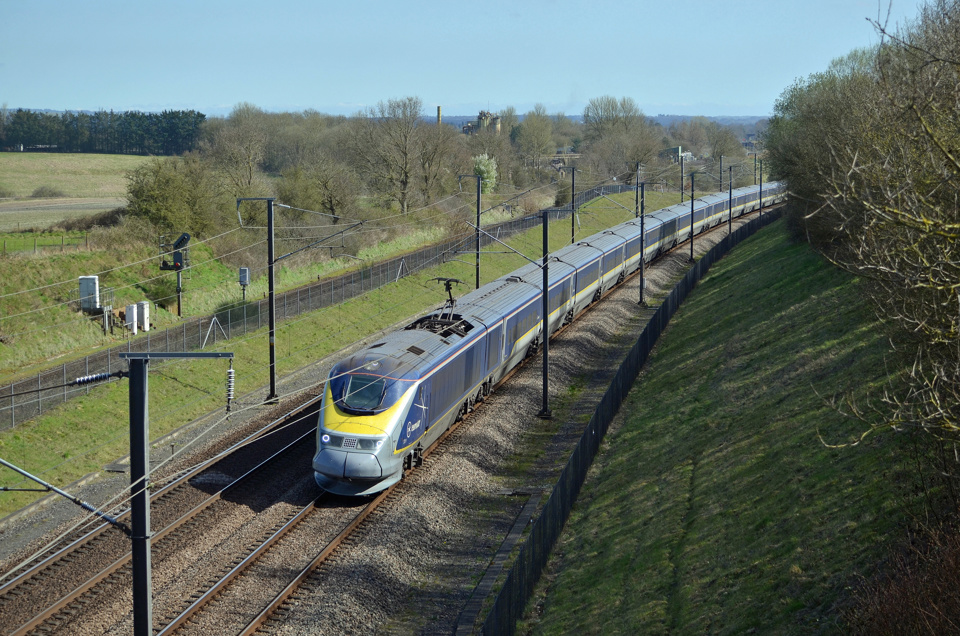
















Login to comment
Comments
No comments have been made yet.